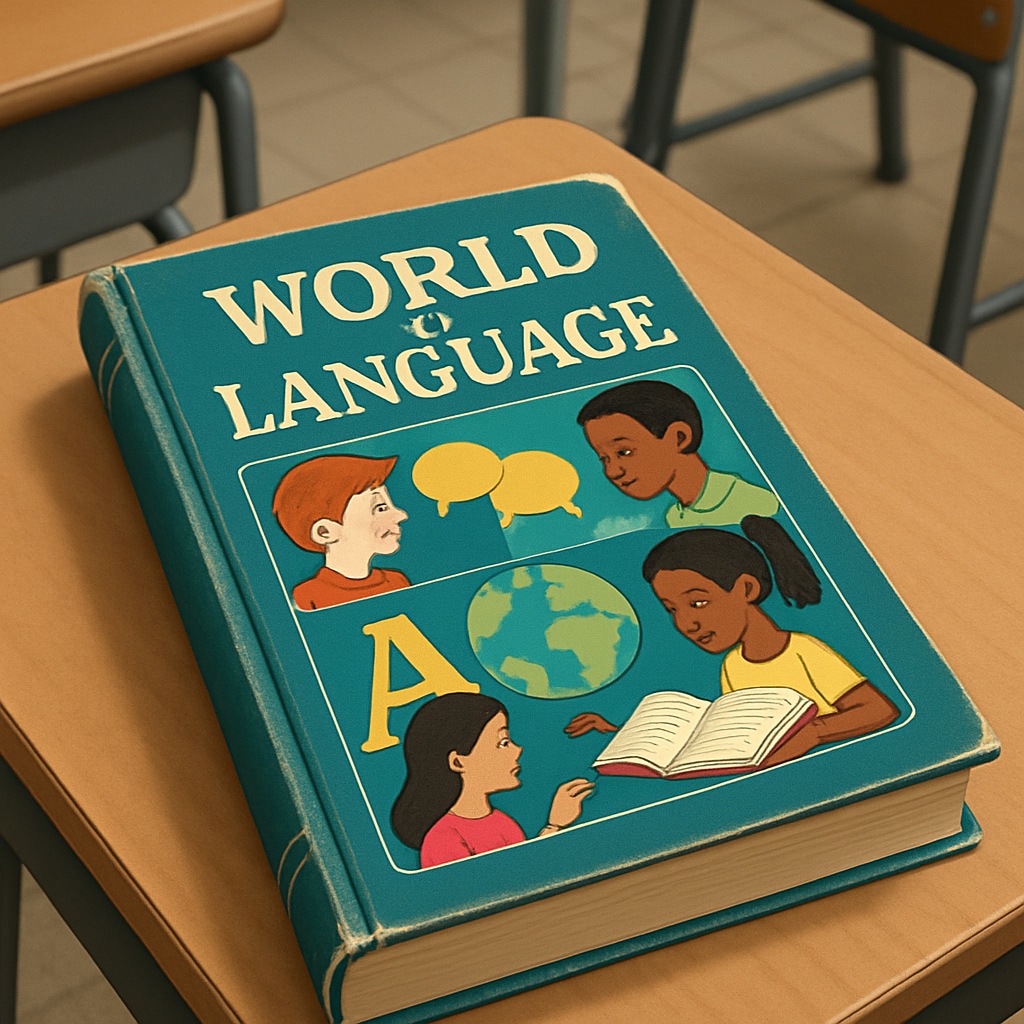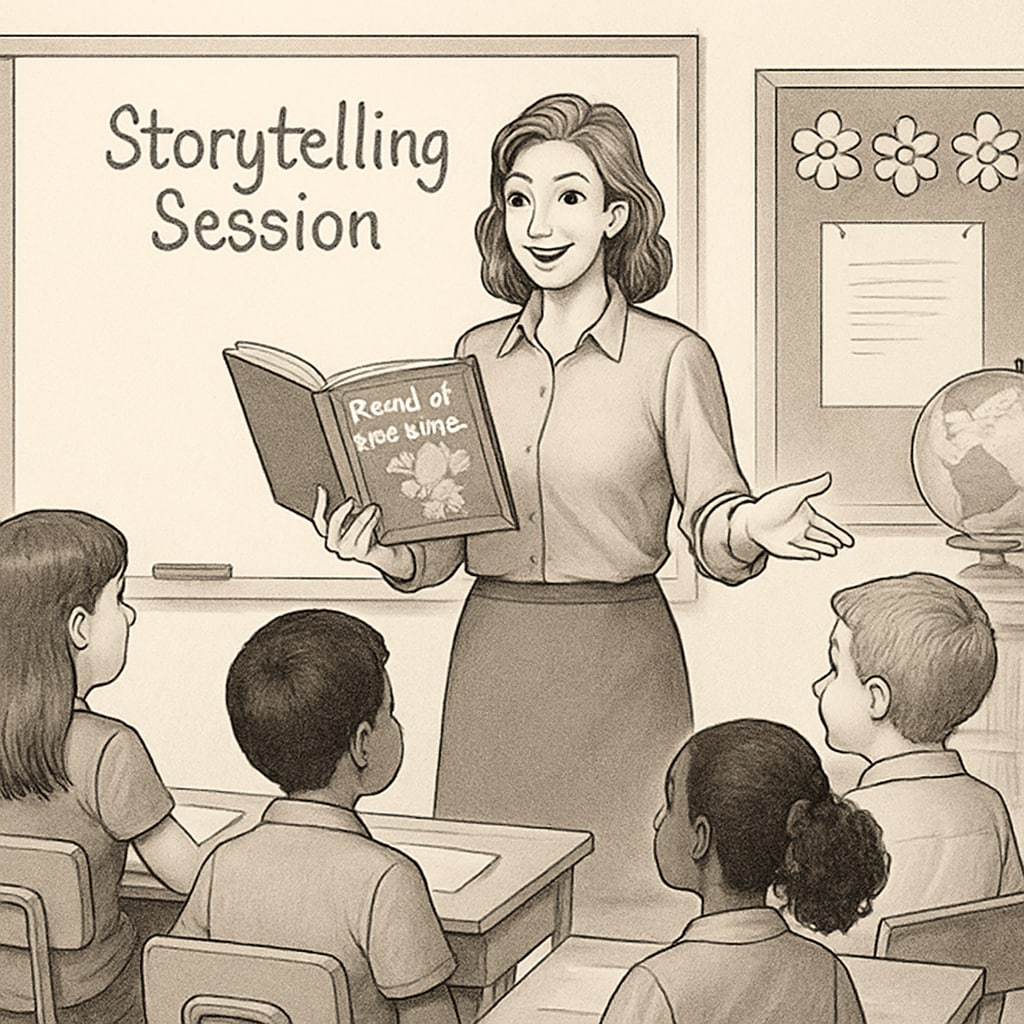In the realm of language education, few resources have left as profound an impact as World of Language, an elementary language textbook that many recall fondly from their formative years. Designed with an innovative approach to teaching language, it combined engaging content, practical exercises, and an emphasis on oral communication—a fundamental skill often overlooked in modern curricula. This article revisits the legacy of World of Language, exploring why it became such a treasured resource and what lessons it holds for today’s educators.

The Unique Appeal of World of Language
What made World of Language stand out was its innovative teaching methodology. Unlike many traditional textbooks that focused heavily on rote memorization or grammar drills, this series prioritized practical language use and oral communication skills. Each chapter was carefully crafted to engage young learners through storytelling, interactive exercises, and relatable scenarios. By doing so, it fostered not only academic learning but also a love for language.
For example, the book’s narrative-driven structure introduced new vocabulary and concepts through short stories and dialogues, making the material more accessible and enjoyable. Furthermore, its exercises encouraged students to think critically and apply their learning in real-life contexts. This emphasis on practical application remains a hallmark of effective language instruction.
Lessons from a Bygone Era
Despite its success, textbooks like World of Language have become rare in modern classrooms. Contemporary curricula often prioritize standardized testing and written exercises over oral proficiency and creative engagement. This shift risks neglecting foundational language skills that are essential for effective communication.
Educators today can learn much from the World of Language model. For instance:
- Integrating oral communication: Reintroducing storytelling and dialogue exercises can improve students’ confidence in speaking and listening.
- Balancing creativity with structure: Combining creative activities with structured grammar lessons can make learning more effective and enjoyable.
- Fostering real-world application: Encouraging students to use the language outside the classroom prepares them for practical challenges.

Looking Ahead: Reviving Oral Language Instruction
As educators and policymakers strive to improve language teaching, revisiting the principles of World of Language could provide valuable insights. By focusing on oral language instruction, active learning, and real-world application, schools can better prepare students for success in communication and literacy.
In addition, the growing use of technology in education offers an opportunity to adapt these time-tested methods for modern learners. Digital storytelling tools, interactive language apps, and virtual conversation platforms could bring the spirit of World of Language into the 21st century.
Language acquisition on Wikipedia and Education on Britannica provide further insights into the evolution of teaching methods and their impact on learners.
In conclusion, World of Language was not just a textbook but a gateway to the joy of language learning for countless students. By reflecting on its legacy, educators can rediscover the importance of oral language teaching and ensure that future generations benefit from a holistic approach to education.
Readability guidance: Short paragraphs, clear transitions, and lists are used to enhance readability. Passive voice is minimized, and complex sentences are limited to improve accessibility.


